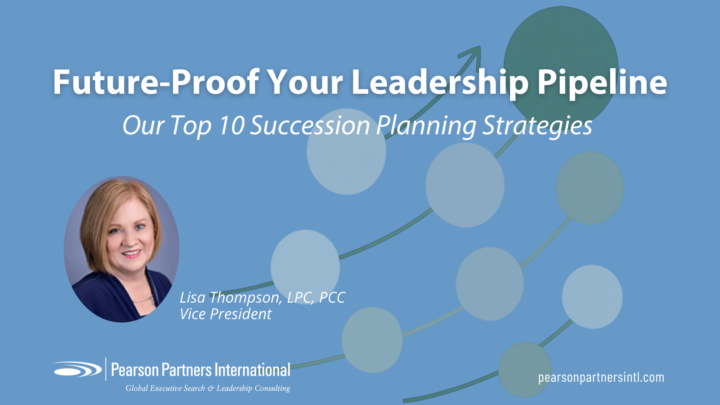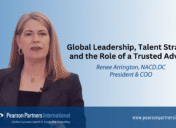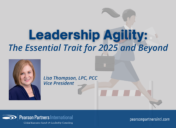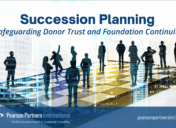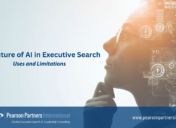Our Top 10 Succession Planning Strategies: Future-Proof Your Leadership Pipeline
In a world of constant change, your future success depends on the leaders you develop today. Yet many organizations remain focused on present-day performance, overlooking the evolving competencies tomorrow’s leaders will need—and the critical role of succession planning in ensuring leadership continuity.
A resilient leadership pipeline goes beyond succession planning. It is a living, dynamic system—designed to fuel innovation, build agility and drive sustainable growth. Future-proofing your pipeline ensures you are prepared when opportunity or disruption strikes, not scrambling.
Here are my top ten strategies for future-proof succession planning:
- Identify Future-Ready Competencies. First, anticipate tomorrow’s leadership requirements.
-
- Think beyond today’s roles: Emerging trends like AI, hybrid work models and sustainability will demand systems thinking, emotional intelligence, adaptability and digital fluency.
- Update your leadership model: Regularly recalibrate expectations to reflect future challenges, not just current performance.
- Broaden Your Talent Lens. Next, expand on how and where you identify potential leaders.
-
- Look beyond the obvious: Seek leadership capabilities in unexpected functions, geographies and backgrounds.
- Prioritize inclusive growth: Diverse leadership teams unlock innovation and deliver stronger business outcomes.
- Develop Leaders at Every Level. Leadership should not be limited to the top.
-
- Start early: Foster initiative, accountability and collaboration from the ground up.
- Use stretch assignments: Offer cross-functional projects, rotations and high-stakes challenges to accelerate leadership growth.
- Make Development Continuous. Sporadic seminars are not enough.
-
- Create ongoing momentum: Build development into daily work through coaching, mentoring, feedback and immersive learning experiences.
- Empower self-driven growth: Equip leaders with tools to own their development journeys—aligned with business priorities and personal aspirations.
- Internal or External? Make Smart Succession Planning Decisions. Deciding when to promote from within or recruit externally is critical.
-
- Groom from within: Internal talent brings deep cultural alignment and institutional knowledge. Promoting from within boosts morale, reduces risk and often results in faster ramp-up. Can internal candidates grow into higher roles with support?
- Go external strategically: External leaders can bring bold new perspectives when transformation and innovation are needed. Is now the time for bold change or steady continuity? Is the culture ready to receive an external leader—and support his or her success?
- Balance both approaches: Combining these two recruiting models is often the best strategy. A strong internal bench paired with external market insights provides strategic flexibility.
- Create a Robust Succession Strategy. Effective succession planning goes beyond naming replacements.
-
- Build succession planning maps: Identify who is ready now, ready soon, and developing longer-term for every key role—and update these maps regularly.
- Plan for uncertainty: Develop contingency strategies for unexpected departures and ensure leadership strength across teams that can step up in the interim.
- Measure and Adapt. You cannot improve what you do not measure.
-
- Use the right metrics: Track pipeline health through promotion rates, retention of high-potentials and leadership readiness.
- Listen to emerging leaders: Feedback loops reveal gaps, barriers and opportunities for growth.
- Leverage Technology and Data. Technology offers a strategic advantage in leadership development.
-
- Predict leadership potential: Use talent analytics and AI tools to identify hidden high-potentials and anticipate future needs.
- Personalize learning paths: Digital platforms can tailor development journeys to individual leaders’ goals and strengths.
- Make Leadership Development Part of the Culture. Embed leadership into your organizational DNA.
-
- Model leadership development at the top: Senior executives must actively mentor, sponsor and champion rising talent.
- Make it everyone’s responsibility: Cultivate a culture where developing others is a core leadership expectation.
- Align Leadership Development with Business Strategy. Finally, ensure leadership development efforts are tightly connected to your organization’s evolving goals.
-
- Tie leadership profiles to strategic needs: Develop leaders who are not only capable but also aligned with where the business is heading.
- Revisit priorities often: As your strategic direction shifts, so must your leadership development focus.
In conclusion, future-proofing your leadership pipeline is not about perfectly predicting the future. It is about preparing leaders who can navigate uncertainty, lead with agility, seize opportunities and shape what comes next.
The organizations that thrive tomorrow will be those investing intentionally today—challenging assumptions, growing talent deliberately and prioritizing leadership development as a business imperative. The future belongs to those who are ready for it—and that readiness starts now.
Ready to build a resilient leadership pipeline?
Pearson Partners International specializes in succession planning. We can help you find, develop and support the leaders who will drive your future success. Contact me to start the conversation.
Related Posts
- ← Leadership Agility: The Essential Trait for 2025 and Beyond
- Global Leadership, Talent Strategy and Trusted Advisory →

